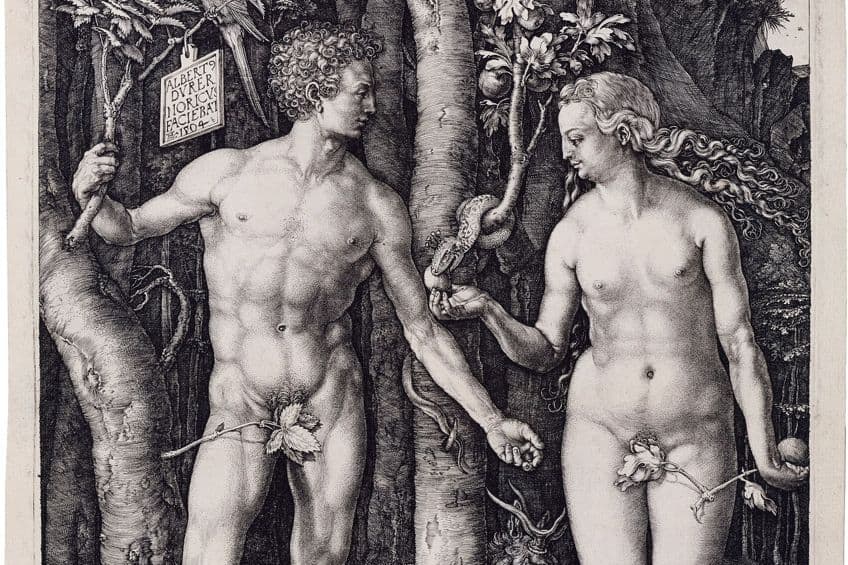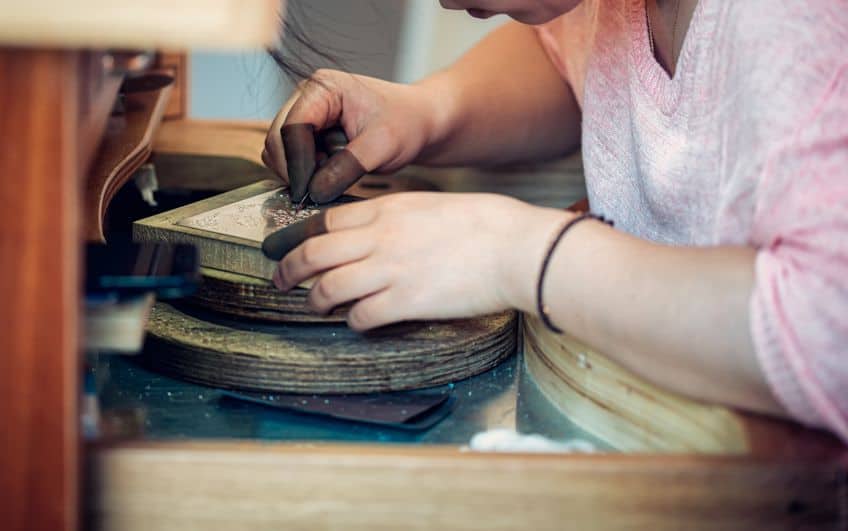What Is Intaglio Printing? – The Centuries-Old Engraving Technique
What is intaglio printing, and what are the different types of intaglio printing? The art of intaglio printing involves more than just a steady hand and keen eye. This traditional art form has been practiced for centuries and involves multiple techniques and processes that help to produce some of the most visually pleasing and unique artworks. In this article, we will examine the art of intaglio printing, including all you need to know about the different intaglio techniques, and the relevance of intaglio printing in the contemporary era. Read on for more about the revolutionary processes of intaglio printmaking!
Contents
An Introduction to Intaglio Printmaking
What is intaglio printing, and what are the different types of intaglio printing? The art of intaglio printmaking is one of the most captivating and unique printmaking techniques that produce a variety of textured artworks. The process of intaglio printing involves incising or engraving an image onto a surface, which is typically engraved on a metal plate. This process produces recessed lines that hold the ink. After your metal plate is inked, the excess ink is then wiped away from the surface using a tarlatan cloth, which leaves the remaining ink within the incised lines.

To create the print on a sheet of paper, artists use a high-pressure rolling system, whereby the plate and the sheet of paper are pressed together, which helps transfer the ink onto the paper. While this technique may sound simple, there are a variety of printmaking techniques that bring about unique visual characteristics to each artwork. The word intaglio was derived from the Italian word intagliare, which translates in English as the action, “to cut in”.
Intaglio printmaking involves processes such as etching, dry point, engraving, and aquatint printing, which we will dive into in more detail later on. From creating precise designs to designs with complex tonal variations, intaglio printing ensures that you can add depth and dimension while layering a variety of motifs in your image. Intaglio printing is a meticulous process that offers artists the chance to explore a range of tonal values and subtle gradations. For centuries, intaglio printing has enabled artists to showcase their knowledge and technical expertise in demonstrating the relationships between light and shadow.
From bold textures to delicate lines, intaglio printing also helps one to produce images that evoke our tactile senses and intrigue viewers.
Reviewing the History of Intaglio Printing in Art
Recognized as a sophisticated printmaking technique, intaglio printing has its origins rooted in ancient civilizations, including Egypt and Mesopotamia, where engraved seals and stamps were the first forms of printed designs. Engraved seals were used to imprint designs and texts on clay tablets and can be considered the earliest form of intaglio printing. The earliest roots of intaglio printing were pinpointed to the European Renaissance, which saw printmakers and artists during this era adopt the techniques and refine the various processes, such that it was able to produce intricate details and tonal variations in images.
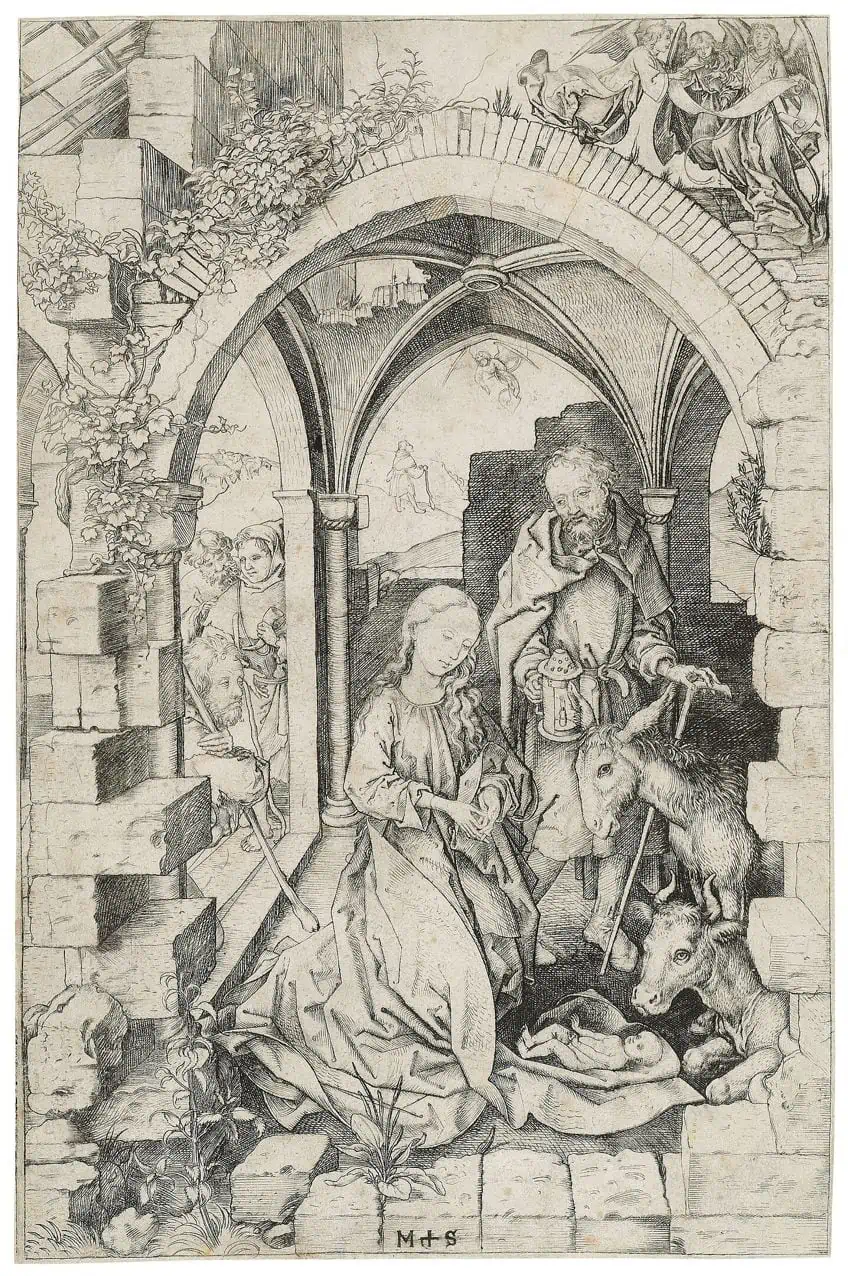
Other early examples of intaglio in Europe were found in the practice of goldsmithing, where goldsmiths used engraving techniques to decorate armor, religious objects, and musical instruments. Techniques such as the Niello technique were used to create color contrasts and date back to the period of antiquities. Artists such as Marcantonio Raimondi and Albrecht Dürer played a pivotal role in pioneering the popularity of intaglio and refining it into an artistic medium of high value. Before the more popular and successful. Intaglio apprentices such as Albrecht Dürer, There was also the Alsatian engraver and artist called Martin Schongauer, who was also known as “beautiful Martin” by his contemporaries.
Schongauer was recognized as one of the most prolific and famous engravers, whose work was also collected by Dürer.
Specific intaglio processes such as drypoint and etching grew in popularity during the 16th and 17th centuries. The famous Dutch artist Rembrandt van Rijn is also incredibly famous for mastering etching and the atmospheric effect in printmaking. Along with the refinement of intaglio processes also came the refinement of additional tools and materials. The plates used in intaglio printing soon adopted materials such as zinc and copper plates due to their durability and ability to hold finer detail. The 18th century produced the technique known as aquatint, which invited additional possibilities for creating different textures and expanding tonal variation in printmaking. Intaglio printing is thus A versatile medium that is also recognized as the opposite technique of relief printing. Other printing surfaces also include magnesium, plastic, and aluminum plates or coated paper.
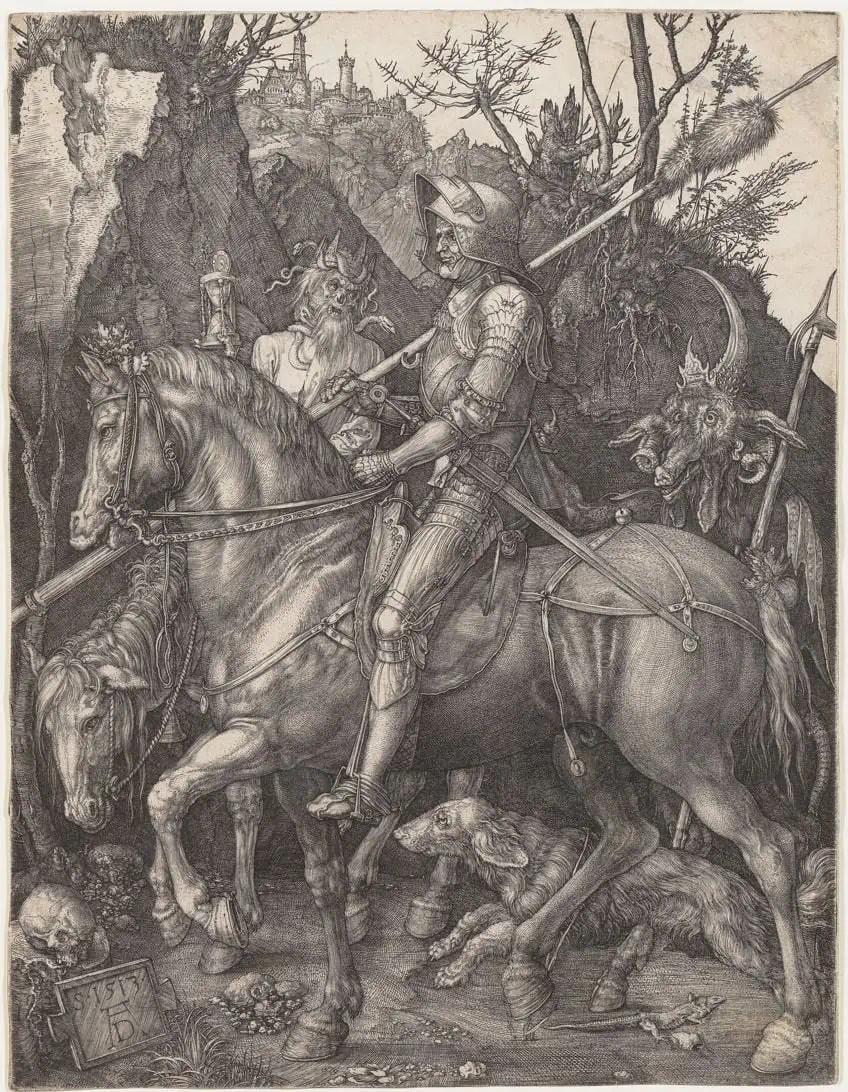
Essential to the process of intaglio printing is the roller press, which enables the transference of ink onto the sheet of paper, thus producing your unique print. The process involves placing your inked plate face up on the roller press bed and placing a sheet of dampened printing paper over it. A blanket on the rolling press is inserted to ensure that there’s even pressure across the surface. The upper roll of the roller press is then turned and the bed is drawn through the press, which results in around several tons of pressure transmitted throughout the blanket, such that the ink is forced out of the plate and onto the paper.
When it comes to tonal variation in color, there are two primary methods of producing color in intaglio prints.
There is a technique known as à la poupée, which is a French term that translates to “with the doll”. This method involves the use of a bundle of fabric, which is used to apply the different colors to a single plate and is then printed in the normal method. The other method involves the use of multiple plates with different colors, which then are successfully printed on a single sheet of paper. By the 1950s, figures like Gualtiero Giori revolutionized intaglio by introducing the first six-color intaglio printing press, which was used to produce banknotes for increased security purposes.
Exploring the Different Types of Intaglio Techniques
Now that you have an idea of the history and origin of intaglio printing, you can now enjoy browsing through the different types of intaglio printing techniques, which will give you insight into the different visual elements that can be produced using these techniques.
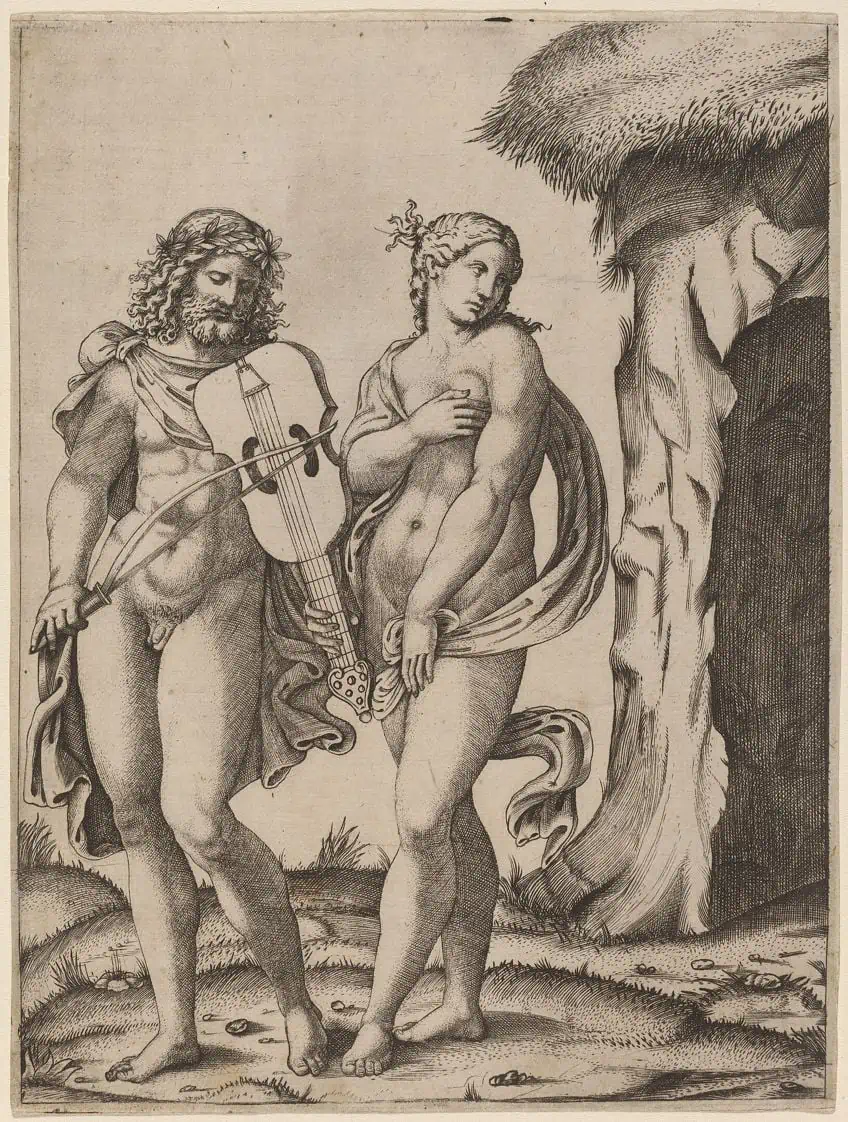
Engraving
Engraving is among the earliest types of intaglio printing processes that involve the incision of lines directly onto a plate using tools such as burins. Engraving is known to produce controlled lines and shading that enable artists to achieve a high level of intricate detail. This traditional intaglio technique is usually used on copper plates, whereby the artist uses a burin to cut into the plate’s surface and remove a small amount of metal. While engraving can take lengthy periods to complete, the resulting image is always more detailed. Once the plate is inked and the surface is wiped clean, the remaining ink in the incised lines is what will produce the final image.
Two of the most famous examples of engraving prints include The Knight, Death, and the Devil, which was created by Albrecht Dürer in 1513.
The print is considered a masterpiece of the engraver’s work, which portrays a knight on horseback, traveling through a foreboding landscape occupied by the personification of death and the devil. Another famous engraving print is The Fall of Man by Hendrik Goltzius, which was created in the late 16th century. The print portrays the delicate lines that were used to render the characters Adam and Eve while demonstrating various shading techniques such as cross-hatching and stippling to produce texture and tonal variation.
Etching
This intaglio process involves the use of an acid-resistant “ground” substance that is applied to the metal plate and then incised using a sharp needle. Once the incision is created and the design is complete, the plate is then submerged in an acid bath, which eats at the exposed metal to create deeper grooves in the plate. Etching is used to achieve a wider range of tonal effects and was most famously employed by artists such as Rembrandt. The plate is then inked and wiped down, leaving the incised sections filled with ink. From this point onward, the plate follows the normal printing process involving the roller press.

One of the benefits of etching is that it enables artists to create complex imagery while giving them more control over the character and depth of their lines. As such, artists can convey strong emotions and create new narratives using etching. Two famous examples of etching prints include Francisco Goya’s 1799 print titled The Sleep of Reason Produces Monsters, which was part of his series of etchings called the Los Caprichos that displayed haunting images and was a prime example of early surrealist imagery. Another famous print was produced in 1514 by Albrecht Dürer titled Melencolia I, and was one of the artist’s most evocative works. In the print, he includes the use of various symbols to create a more thought-provoking composition that touches on melancholy through the use of an allegorical figure.
Drypoint
Drypoint is a popular intaglio technique that is also closely related to the process of etching. A drypoint is characterized by the use of a sharp instrument that is used to create incised lines on a metal plate. Unlike etching, drypoint does not involve the use of acid, instead, the artist uses a tool to scratch away at the metal to create burrs along the incised lines. The plate is then inked and wiped down, while the burrs hold the ink to produce a very distinct and velvety aesthetic quality in the final print.
Drypoint prints are incredibly unique since they can capture the artist’s unique touch and style while producing richer textures and darker accents that contribute to the visual impact of drypoint artworks.
Artists such as Rembrandt produced his famous Self-Portrait in 1639, which demonstrates his mastery over the drypoint technique. His print captures the contemplative mood, marked by the use of delicate mark-making techniques to convey his emotion. Another famous drypoint print is The Fiddler by Edward Munch, which was created in 1903, and was a part of his ongoing series based on musicians. The print contained rough lines, which captured the emotional depth of the scene and added to its dark and intense mood.
Aquatint
This intaglio printmaking technique enables one to achieve a greater range of tonal variation. Aquatint printing enables one to also produce unique atmospheric effects, which adds a more realistic dimension to the final image. Aquatint printmaking involves treating a metal plate with granulated texture by applying what is known as a powdered resin such as shellac. Heat is then applied to the metal plate to fuse the resin particles onto a plate, which is then submerged in an acid bath. The acid then bites into the plate to expose the areas that are not protected by the resin; thus the resin prevents the plate from being etched into. The bitten areas of the metal plate are the areas that will eventually hold the ink to enable the production of different tonal values in the final image.
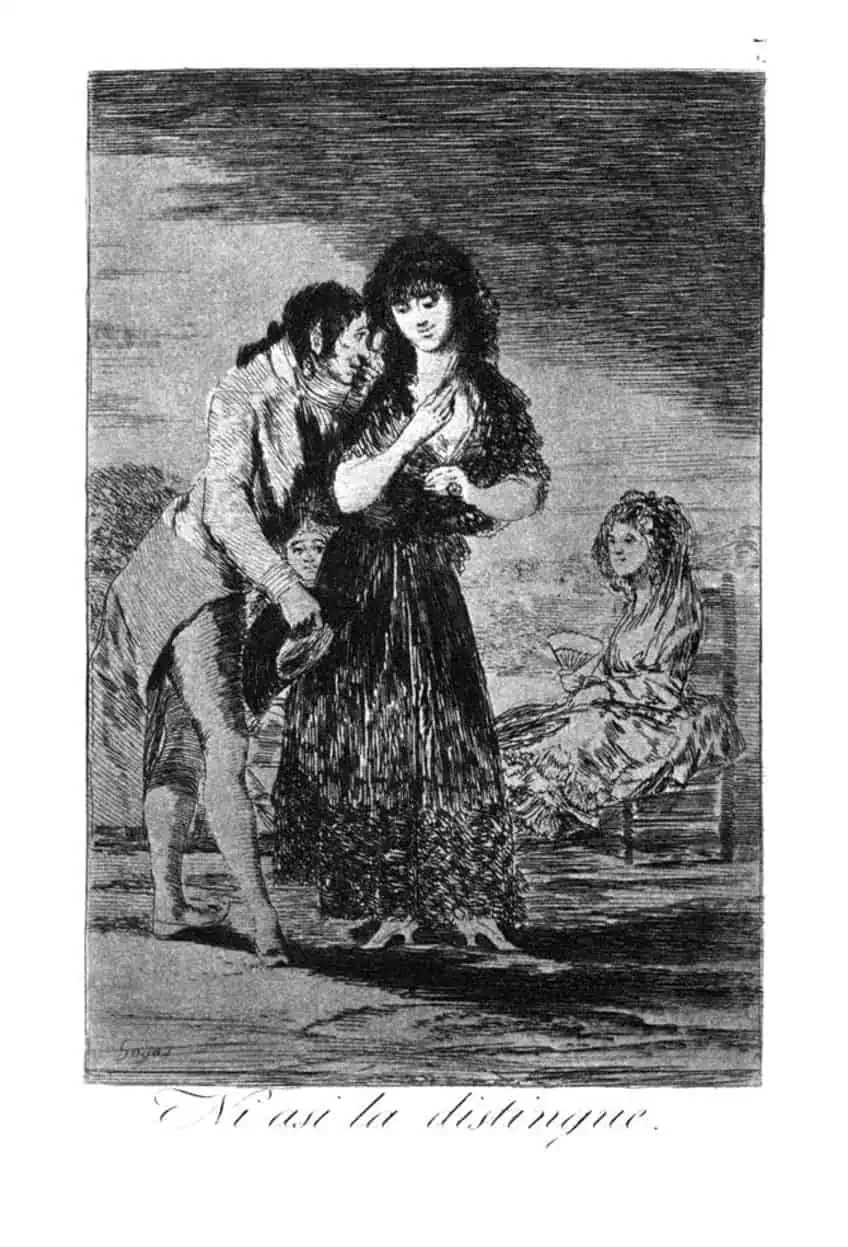
In addition to the creation of atmospheric qualities and subtle tonal variations in the print, artists are also able to embed emotional qualities that display soft transitions and demonstrate the relationships of light and shadow in a design. Two famous aquatint prints include Francisco Goya’s Los Caprichos series, which was created between 1797 and 1799. This can also be contrasted by Marcel Duchamp’s 1912 print titled Nude Descending A Staircase, No. 2, which fuses the styles of Futurism and Cubism through the use of multiple perspectives.
Mezzotint
Mezzotints are used to produce images that have a greater variation of values while producing dramatic contrasts and atmospheric effects. The mezzotint technique is a monochrome technique that can produce a high-quality print. The process of creating a mezzotint involves a technique known as “rocking” and a tool called a “rocker”. Combined, this technique can produce a finely textured surface that is made up of multiple minuscule pits that are used to hold the ink. The tool called the rocker, is moved across the plate in a rocking motion to produce even patterns of pits across the surface.
After the plate is inked and the plate goes through the press, the resulting image creates a velvet-like and dark appearance.
Among the most famous examples of mezzotints in art history include James McNeill Whistler’s 1858 print The Laughing Audience, which demonstrates his masterful use of the technique. Yozo Hamaguchi also revealed his mastery over creating intricate textures in his 1972 print titled The Soldier. Creating a mezzotint requires the artist to hold a significant amount of patience during the process since it requires a great amount of attention to detail.
Famous Intaglio Artists Throughout History
As mentioned above in the examples of the different intaglio prints throughout history, there were also famous intaglio artists whose mastery over the different printmaking processes has resulted in some of the most detailed and breathtaking works you have ever come across. Below, we will dive into each of these pioneering artists’ abilities and their contributions to intaglio printing.
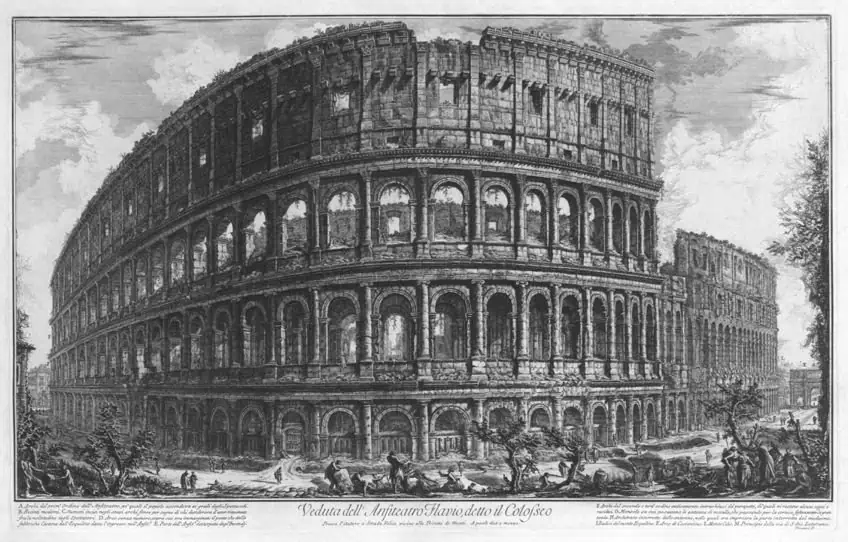
Albrecht Dürer: The Master of Engraving
| Artist Name | Albrecht Dürer (the Younger) |
| Date of Birth | 21 May 1471 |
| Date of Death | 6 April 1528 |
| Nationality | German |
| Associated Movements, Themes, and Styles | Northern Renaissance, German Renaissance, and Gothic art |
| Mediums | Etching, woodcut printing, engraving, writing, and painting |
Albrecht Dürer has been dubbed the master of engraving itself since he was a famous German printmaker, who thrived during the 16th century and is recognized for revolutionizing the field of intaglio printing. Dürer’s contribution to intaglio printing has been witnessed in his profound use and mastery of the engraving technique, which displayed a high level of detail and precision that was previously unseen in art history. His exceptional skills in line work also capture the highest levels of clarity in the most detailed engraving techniques involving stippling and cross-hatching, which popularized engraving as a medium through which artists could expand the field of printmaking and create new visual languages in intaglio printing.
Among the artists who significantly influenced his career and approaches to engraving techniques include artists such as Lorenzo de Credi, Andrea Mantegna, and Antonio del Pollaiuolo.
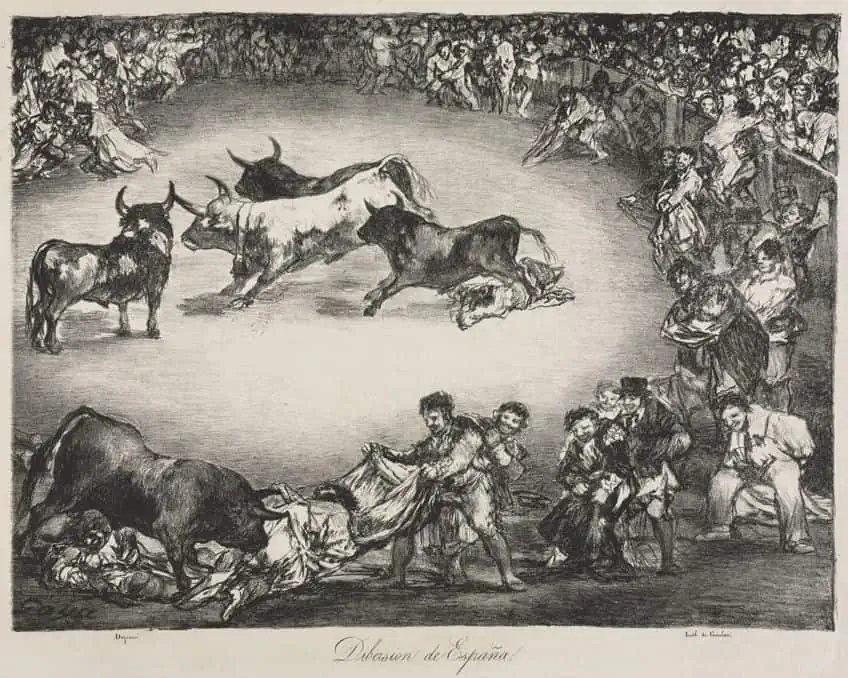
Rembrandt van Rijn: A Revolutionary of Etching Techniques
| Artist Name | Rembrandt Harmenszoon van Rijn |
| Date of Birth | 15 July 1606 |
| Date of Death | 4 October 1669 |
| Nationality | Dutch |
| Associated Movements, Themes, and Styles | Dutch Golden Age, portraiture, and Baroque painting |
| Mediums | Etching, drawing, and painting |
Rembrandt van Rijn was considered a revolutionary figure in the field of etching and intaglio printmaking. Rembrandt was recognized as the Dutch master of etching, who thrived during the 17th century and mastered not only the traditional methods but also developed new techniques that pushed the boundaries of etching. Famous prints such as The Three Crosses (1653-1655) expose Rembrandt’s mastery over the manipulation of dramatic lighting through the use of intricate lines. Rembrandt experimented with soft ground etching as well as drypoint and engraving techniques to showcase the breadth of his skill as a printmaker.
As such, his legacy was solidified due to his emotionally charged prints and inventive approaches, which left a significant mark on the history of intaglio printing.
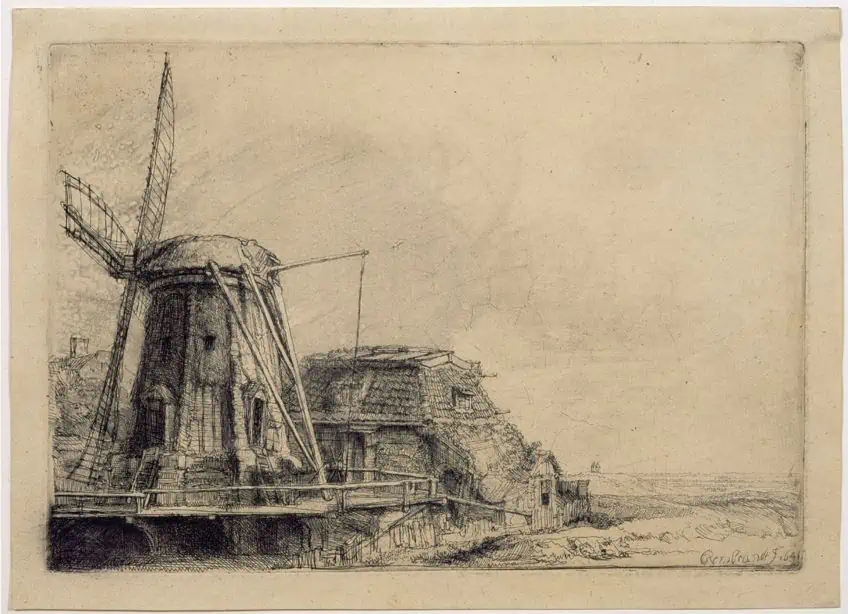
Giovanni Battista Piranesi: The Grandeur of Architectural Prints
| Artist Name | Giovanni Battista Piranesi |
| Date of Birth | 4 October 1720 |
| Date of Death | 9 November 1778 |
| Nationality | Italian |
| Associated Movements, Themes, and Styles | Neoclassicism, fiction, prisons, and 18th-century Roman architecture |
| Mediums | Etching and engraving |
Giovanni Battista Piranesi was a prolific Italian engraver from the 18th century, who was also a renowned classical archaeologist. Piranesi. Produced many imaginative etchings and engravings that showcased the fantastical and fictitious landscapes of 18th-century Rome. Pierre Nessie introduced an imaginative and unique perspective to etching and engraving by highlighting the grandiosity of Roman architecture.
Series such as Carceri d’Invenzione (1745-1750) and Vedute di Roma (1750-1778) shows off his skill and eye for capturing the intricacies of various architectural landmarks, as well as his exceptional ability to demonstrate shadow, light, and, the details of such spaces.
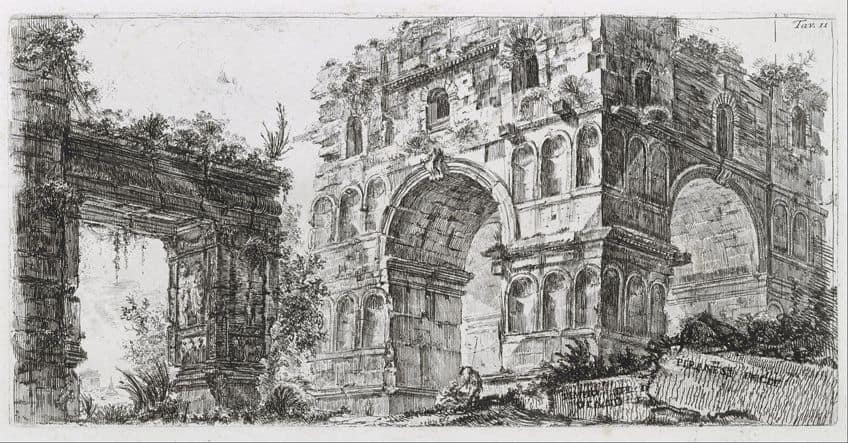
Francisco de Goya: Dark Visions Etched in History
| Artist Name | Francisco José de Goya y Lucientes |
| Date of Birth | 30 March 1746 |
| Date of Death | 16 April 1828 |
| Nationality | Spanish |
| Associated Movements, Themes, and Styles | Romanticism, Rococo style, politics, and portraiture |
| Mediums | Engraving, etching, painting, and drawing |
Francisco de Goya was perhaps one of the most talented Spanish etching artists of the 18th century, whose unique dark subjects were made even more profound in his approach to etching and engraving. Throughout the 18th century, Goya made significant contributions to intaglio printing using etching and engraving to produce his series Los Caprichos (1797-1798) and Disasters of War (1810-1820), through which he revealed profound emotions related to social and political commentary. Goya was an experimentalist who also combined aquatint and etching techniques to achieve unique atmospheric and textured effects.
What made Goya stand out in the history of intaglio printing was his ability to capture the dark and raw human emotions, while leveraging social critique and intaglio techniques to propel him as a visionary artist of the early 19th century.
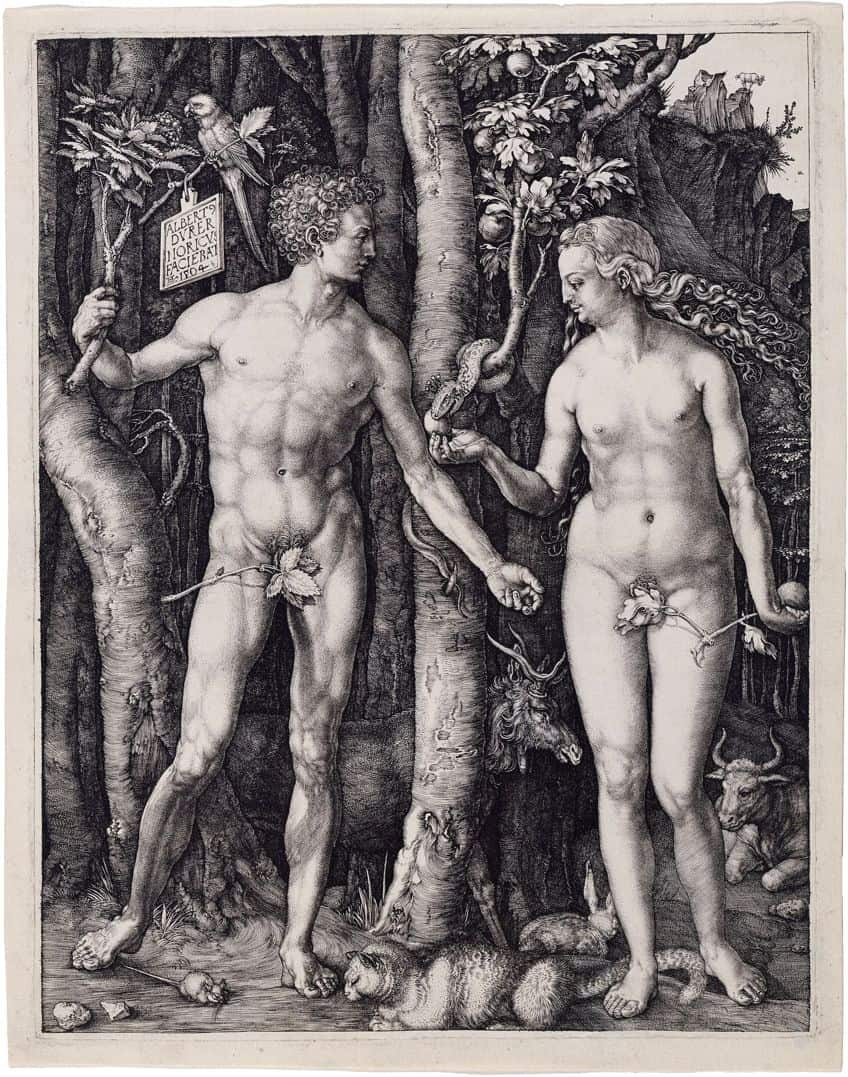
The Contemporary Relevance of Intaglio
Since these techniques were used centuries ago, one might ponder over the relevance of intaglio printing in the Contemporary era and what it means for modern artists to tackle a hands-on approach to producing intricate prints. Today, many artists embrace traditional intaglio printing techniques due to their unique visual qualities. Artists can create richly textured and detailed works that explore the complexity of various modern concepts while adding a fresh perspective to traditional techniques.
Intaglio printing continues to be taught in various printmaking studios, workshops, and educational institutions across the globe that enable young artists to experiment and refine their skills in printmaking.
Intaglio is a core technique in printmaking that enables one to learn more about the technical challenges of the different processes, as well as their historical significance. As such, one is drawn to the role of intaglio as a way of preserving traditional printmaking techniques. With the advancement of technology in the Contemporary era, it is more necessary than ever to attempt to preserve traditional art practices such as intaglio. Reasons for this include the fact that intaglio makes up a huge portion of the history of printmaking itself. Many art galleries, museums, and institutions around the world still recognize and appreciate the value of the history of intaglio, as well as the traditional artists who helped pilot these techniques that have been passed down to the generations after them.
By learning more about the various intaglio techniques and the artists who have shaped the history of intaglio and printmaking itself, one can truly begin to appreciate the reasons why such traditional art practices need to be preserved. We hope that this article has been informative and helpful in building your knowledge of intaglio printing, such that you may be inspired to learn more about how you can refine your current printmaking skills.
Frequently Asked Questions
What Materials Are Commonly Used for Intaglio Plates?
The most common materials used in intaglio printmaking include metal plates. These metal plates can encompass materials such as copper, iron, or zinc.
How Do I Choose the Right Ink for Intaglio Printing?
When deciding which kind of ink to use for intaglio printing, it is best to look for stiff oil-based ink. Intaglio inks such as Akua ink can be used in multiple printmaking techniques such as collagraph printing, monotypes, relief, and intaglio printing. Akua ink offers a soy-based alternative that can be diluted using water.
Can Intaglio Prints Be Reproduced in Large Quantities?
It is important to note that intaglio printing requires an artist’s full attention, even when producing a copy of an original print. As such, intaglio printing is a time-consuming process.
What Is the Difference Between Intaglio and Relief Printing?
The main difference between relief and intaglio printing is that intaglio printing involves the use of ink within grooved or etched areas of the metal plate, while relief printmaking involves ink that is only held on the surface and is, therefore, not incised or itched into. In relief printing, only the raised surface of the plate is inked with water-based ink and then transferred onto a sheet of paper. In intaglio printing, ink only occupies the sections of the metal plate that are bitten into or etched.
Can Intaglio Prints Be Created Without a Printing Press?
While many attempts have been made by artists to produce an intaglio print without a printing press, it is highly recommended that one uses a printing press to achieve a better-quality print. Printing presses are admired for their immense pressure, which helps to draw out the ink and produce a clear print. However, there have been examples where artists have experimented with tetra pak cartons to produce prints, which involves incising lines in the packaging, applying ink, wiping it off, and applying pressure with a hard object to lift the ink onto a sheet of paper.
Liam Davis is an experienced art historian with demonstrated experience in the industry. After graduating from the Academy of Art History with a bachelor’s degree, Liam worked for many years as a copywriter for various art magazines and online art galleries. He also worked as an art curator for an art gallery in Illinois before working now as editor-in-chief for artfilemagazine.com. Liam’s passion is, aside from sculptures from the Roman and Greek periods, cave paintings, and neolithic art.
Learn more about Liam Davis and about us.
Cite this Article
Liam, Davis, “What Is Intaglio Printing? – The Centuries-Old Engraving Technique.” artfilemagazine – Your Online Art Source. September 11, 2023. URL: https://artfilemagazine.com/what-is-intaglio-printing/
Davis, L. (2023, 11 September). What Is Intaglio Printing? – The Centuries-Old Engraving Technique. artfilemagazine – Your Online Art Source. https://artfilemagazine.com/what-is-intaglio-printing/
Davis, Liam. “What Is Intaglio Printing? – The Centuries-Old Engraving Technique.” artfilemagazine – Your Online Art Source, September 11, 2023. https://artfilemagazine.com/what-is-intaglio-printing/.


